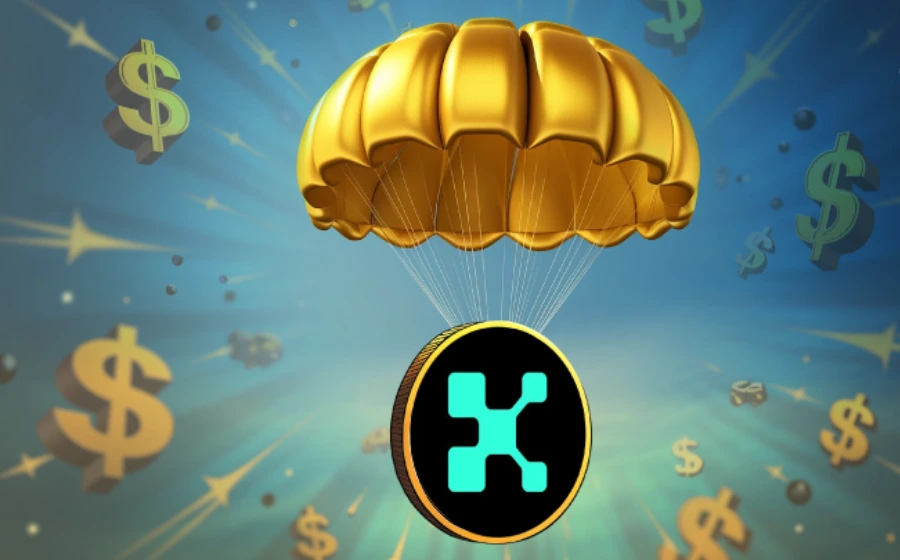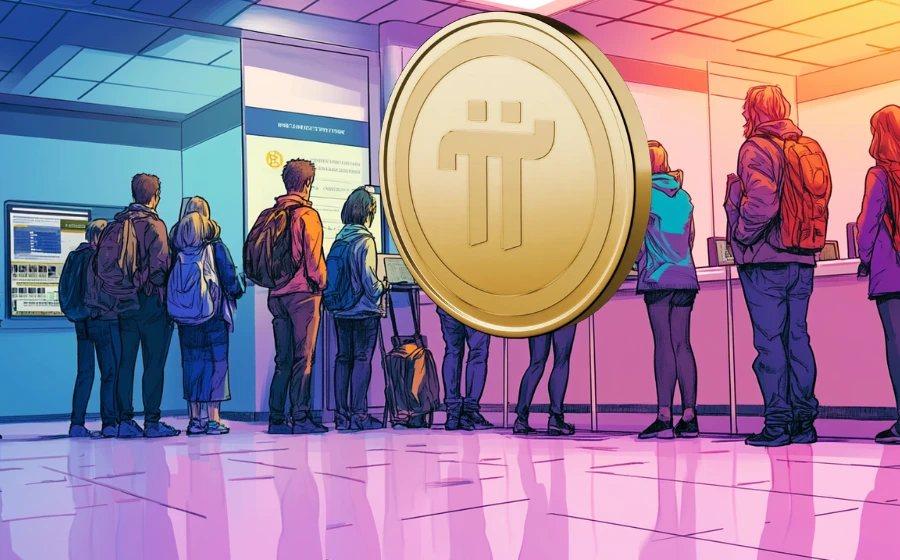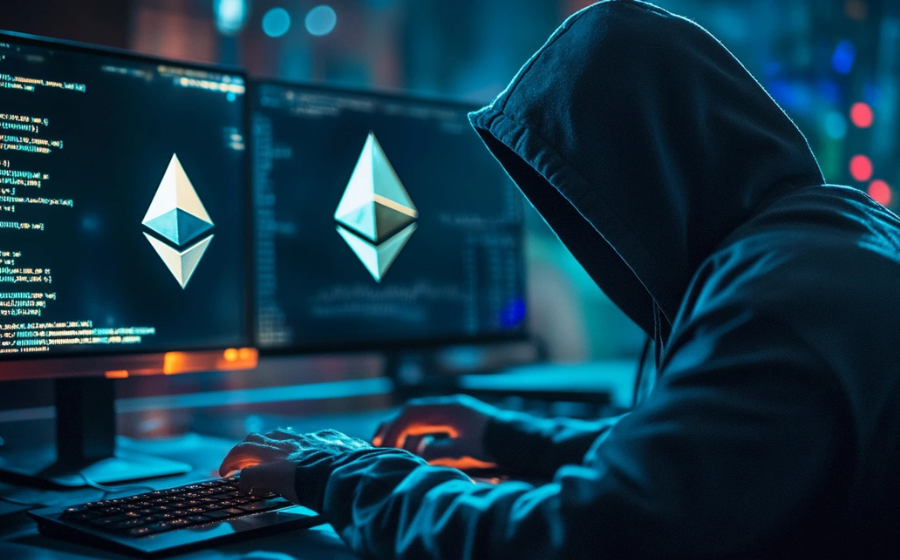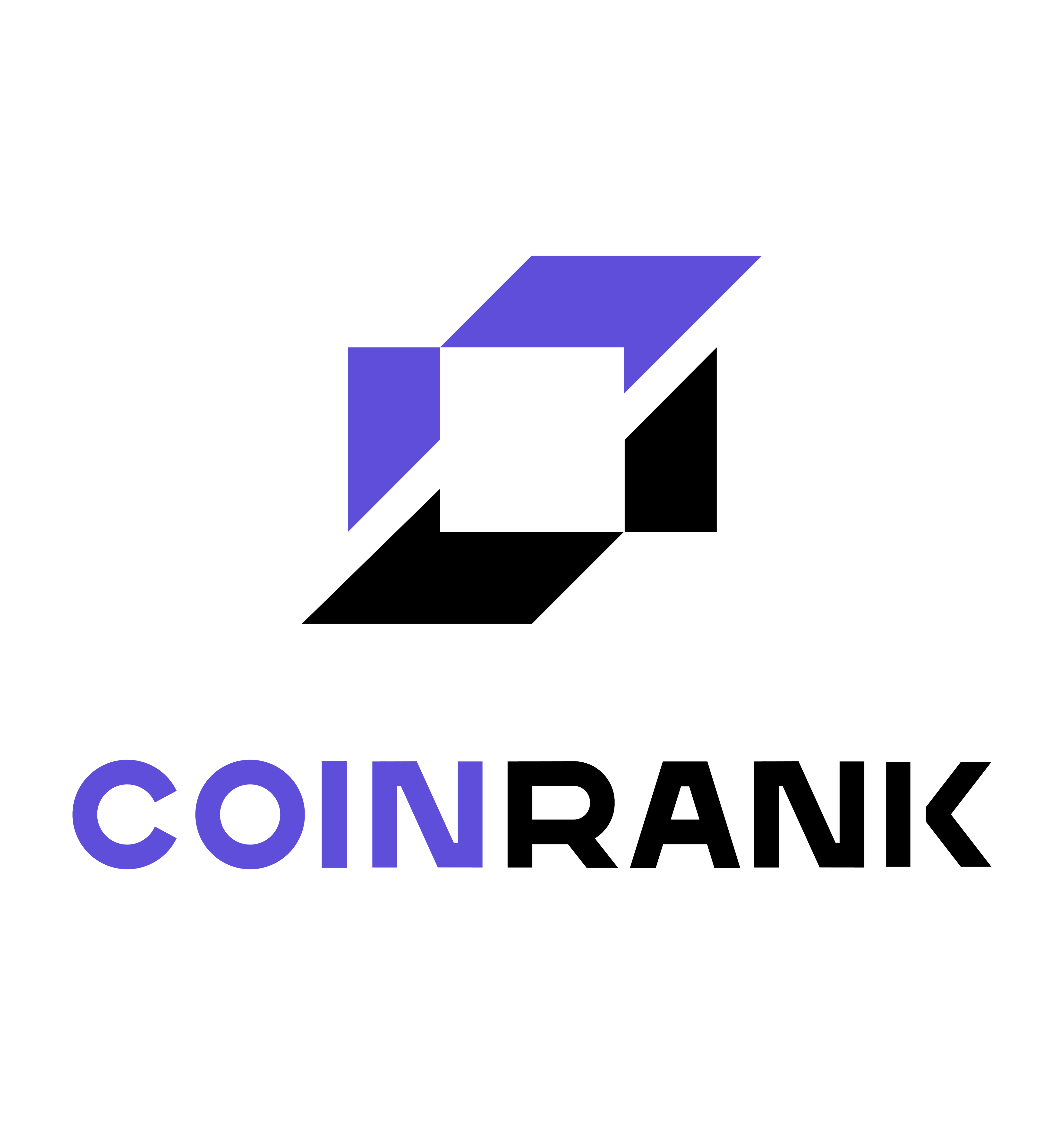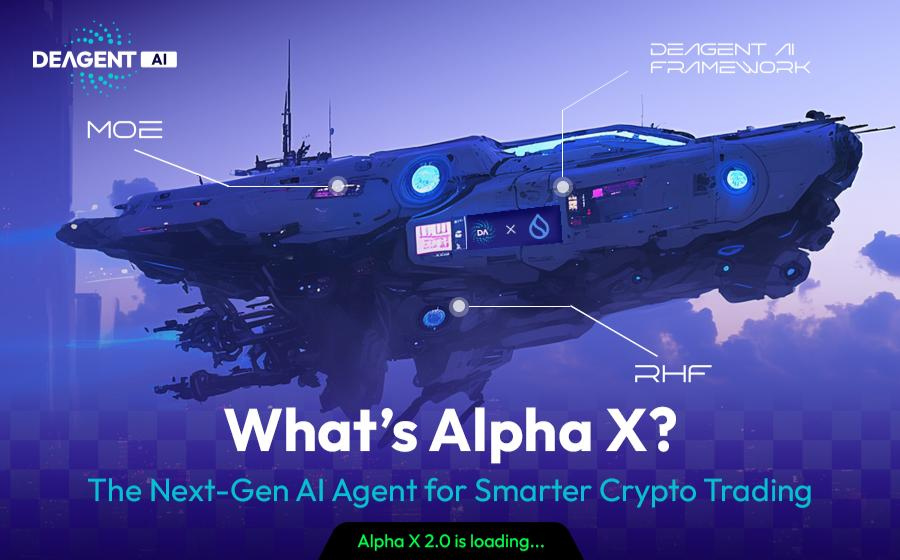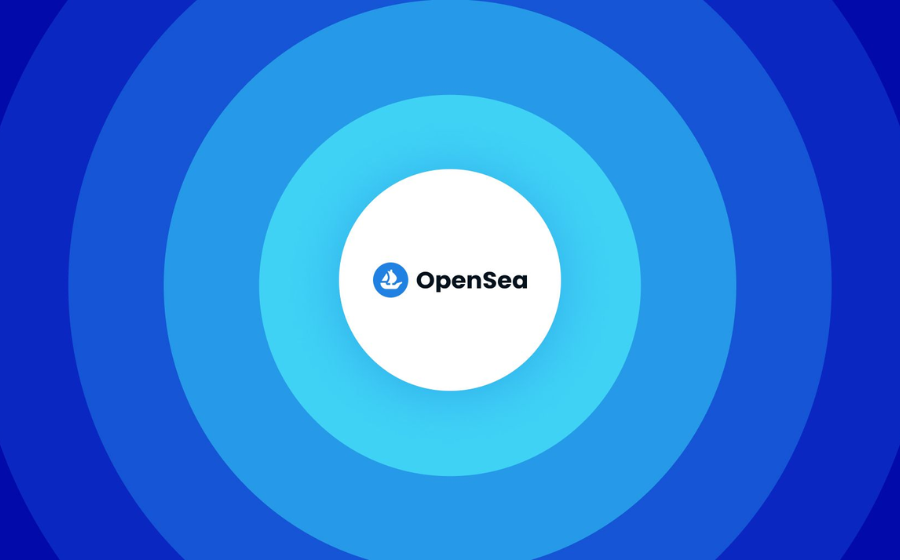
KEYTAKEAWAYS
- OpenSea shifts from NFT marketplace to multi-chain aggregator, launching SEA token to revive growth through community rewards and tokenized governance.
- SEA token launch marks OpenSea’s comeback, linking NFT, DeFi, and token trading under one platform for broader on-chain participation.
- OpenSea reinvents itself with multi-chain integration and revenue-backed SEA token, aiming to restore dominance amid fierce crypto competition.

CONTENT

OpenSea, once the dominant NFT marketplace, is making a strategic pivot. It aims at a wider slice of the crypto world. This month (October 2025), the platform announced a native token named SEA. It is also speeding up its shift into a multi-chain token and NFT aggregator. These moves come with a rebound in trading volume. They hint that the NFT winter may be ending. But analysts warn that execution risk is still high.
In the past week, OpenSea drew strong attention. On October 17, CEO Devin Finzer said the platform’s governance and utility token, SEA, will launch in Q1 2026. Half of the total supply will be airdropped to the community. The platform will use 50% of its revenue to buy back the token. This aims to support long-term value. The plan tries to deepen user engagement and expand the business beyond NFTs.
At the same time, the platform is moving from a closed NFT venue to a cross-chain hub. In the first two weeks of October, it facilitated $1.6 billion in token trades and $230 million in NFT trades. This is a clear rise from September. The shift targets a key pain point: the NFT market fell from a $20 billion peak in 2022 to about $4.87 billion now. Notably, October trading reached $2.6 billion, with 90% from token trades. OpenSea says NFTs remain its core DNA.
In short, these steps show OpenSea’s effort to regain energy through token economics and diversification. Behind the headlines is a sober response to years of market turmoil. The platform must survive competition, regulation, and fading NFT hype.
FROM NFT GLORY TO A CRYPTO CROSSROADS
In the 2021 bull market, OpenSea’s valuation soared to $13 billion. It handled over 90% of global NFT trades. But the 2022 crypto crash cut NFT volume by 97%. Revenue fell from a $520 million peak to under $100 million in 2024. User retention was weak. Rivals like Blur (with aggressive fee rebates) and Magic Eden (strong on Solana) took share. Last month there were only 850,000 active users. Now it has rebounded to 1.5 million.
The October strategy shift marks a move from defense to offense. OpenSea wants to be a “destination for the on-chain economy.” It will combine NFTs, DeFi, perpetuals, and memecoins. It will cover 22 chains, including Ethereum L2s, Solana, and Base. This is a practical evolution. NFT trading volume rose 45% in H1 2025, but NFTs are only 5% of total crypto liquidity. By removing cross-chain friction—no more 3–5 wallet-switch steps—OpenSea borrows from the 1inch-style aggregator model. It also defends its cultural NFT moat.
Short-term data looks bullish. Total trading rose from $850 million a year ago to $2.6 billion now, up 206% year over year. NFT share fell from 65% to 10% (down 85%). But token trading jumped 707% to $2.34 billion. Active users grew 76%. Monthly revenue rose 202% to $120 million. This supports a pre-TGE valuation rebound to $5 billion.
THE SEA TOKEN
The core of the revival is SEA. It is a token meant to bind the ecosystem, not a quick flip. 50% goes to the community—aimed at early traders and active users. This should spread liquidity and avoid a Blast-style post-listing crash. The buyback promise, funded by revenue (50% of fees), could create a self-reinforcing loop. More trading means stronger support for the token. It is like Uniswap’s UNI model, but closer to cultural assets.
In practice, SEA holders may stake for fee discounts, vote on governance, or give “endorsement” to NFT drops. It may also channel funds to artists, including in the AI art wave. Community discussion is up 300%. Many users see potential. But they also ask about airdrop eligibility. In public talks, Finzer said: “NFTs are chapter one; SEA is the sequel—we trade everything, from art to ideas.”
Risks remain. Buybacks rely on steady revenue. If token trading (90% of October volume) cools in a slump, it becomes a weak spot. Opaque airdrop rules may invite sybil attacks. As a governance tool, SEA nudges OpenSea toward a light-weight DAO. That empowers users, but adds regulatory complexity.
MULTI-CHAIN AMBITION
The aggregator shift boosts SEA’s impact. Average gas fees drop 40%. A new mobile app and perpetual trading (BTC/ETH futures with NFT collateral) are coming. These could attract users from centralized exchanges. It is a direct strike on fragmentation. Users now juggle many protocols each day.
But the field is crowded. Blur’s rebate war drains NFT liquidity. Magic Eden rules Solana. New players like Aerodrome target token routing. OpenSea’s edge is brand recognition (85% worldwide) and a data trove from 2 million users. Still, the EU’s MiCA rules may force KYC. That reduces the appeal of anonymous DeFi.
WIDER RIPPLE EFFECTS
If it works, OpenSea’s two-track plan could drive a 120% rebound in NFT valuations this year. It would blend AI innovation with token rails. It could become the “eBay of Web3.” An optimistic view says: by the end of 2026, SEA’s market cap tops $1 billion, and annual trading reaches $100 billion. As some in the community say, “from NFT hub to on-chain traders—SEA will amplify monthly trading waves.”
But risks remain. Fed rate hikes could cool risk assets. Cross-chain glitches need fixes. In a fragmented Web3, this is not only survival. It is an attempt to unify. As Finzer said, “Set sail.” The Q1 TGE will be the true test. Can OpenSea trade everything, or is it just more of yesterday?
